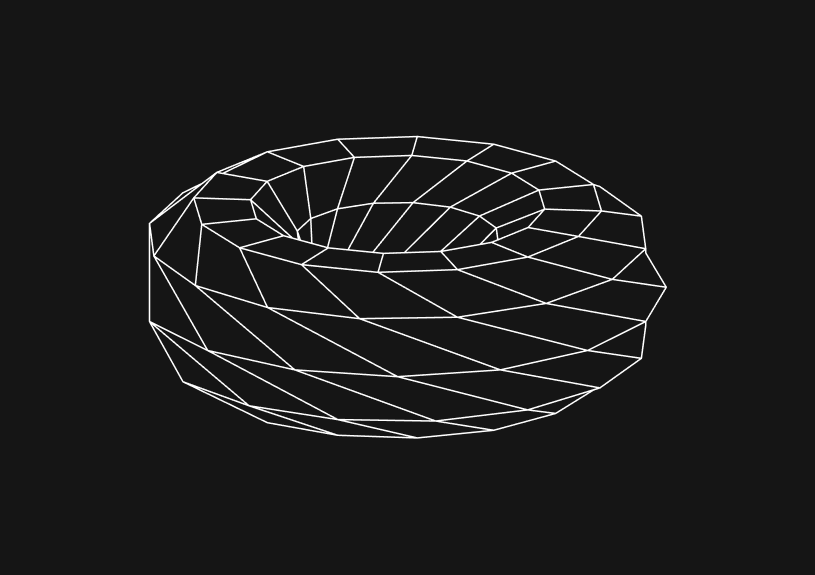
How to Implement a Queue in TypeScript
Queues are data structures that follow the First-In-First-Out (FIFO) principle. In simple terms, the first element added to the queue will be the first one to be removed. This guide will take you through creating a basic queue in TypeScript.
Define the Queue Class
First, we need to define our queue class. We'll create a class called Queue with a generic type T to allow it to store any type of data.
class Queue<T> { private items: T[] = []; enqueue(item: T): void { this.items.push(item); } dequeue(): T | undefined { return this.items.shift(); } peek(): T | undefined { return this.items[0]; } isEmpty(): boolean { return this.items.length === 0; } size(): number { return this.items.length; } }
Here's a breakdown of the methods:
- enqueue(item: T): This method adds an item to the end of the queue.
- dequeue(): This method removes the item from the front of the queue and returns it.
- peek(): This method returns the front item without removing it.
- isEmpty(): This method checks if the queue is empty.
- size(): This method returns the number of items in the queue.
Use the Queue
Now that we have our queue class, let's see how to use it.
const numbersQueue = new Queue<number>(); // Add items to the queue numbersQueue.enqueue(1); numbersQueue.enqueue(2); numbersQueue.enqueue(3); console.log(numbersQueue.size()); // Outputs: 3 console.log(numbersQueue.peek()); // Outputs: 1 console.log(numbersQueue.dequeue()); // Outputs: 1 console.log(numbersQueue.peek()); // Outputs: 2 console.log(numbersQueue.isEmpty()); // Outputs: false
Enhancements
While the basic queue is functional, there are potential enhancements you could add:
- Capacity Limit: Implement a maximum capacity for the queue to prevent it from growing indefinitely.
- Error Handling: Add proper error handling for edge cases, like trying to dequeue from an empty queue.
- Additional Utility Methods: Methods like
toArray()to convert the queue into an array can be helpful in certain situations.
class EnhancedQueue<T> extends Queue<T> { private capacity: number; constructor(capacity: number = Infinity) { super(); this.capacity = capacity; } enqueue(item: T): void { if (this.size() < this.capacity) { super.enqueue(item); } else { throw new Error("Queue is at max capacity!"); } } toArray(): T[] { return [...this.items]; } }
With the enhanced queue, you can initialize it with a capacity:
const limitedQueue = new EnhancedQueue<number>(2); limitedQueue.enqueue(1); limitedQueue.enqueue(2); // This will throw an error since the queue has reached its capacity // limitedQueue.enqueue(3); console.log(limitedQueue.toArray()); // Outputs: [1, 2]
With this guide, you now have a basic understanding of how to create and use a queue in TypeScript. Whether you stick with the basic version or enhance it to better suit your needs, you have a robust data structure to incorporate into your projects.
Invite only
We're building the next generation of data visualization.

How to Remove Characters from a String in JavaScript
Jeremy Sarchet
How to Sort Strings in JavaScript
Max Musing
How to Remove Spaces from a String in JavaScript
Jeremy Sarchet
Detecting Prime Numbers in JavaScript
Robert Cooper
How to Parse Boolean Values in JavaScript
Max Musing
How to Remove a Substring from a String in JavaScript
Robert Cooper






